By Gene J. Pfeffer
Operation Overlord, the cross-Channel attack that hit the Nazi-occupied beaches of Normandy in 1944, was the culmination of a grand strategy adopted early in the war, followed sporadically during the years of conflict, and aimed at defeating Hitler’s Reich by striking directly at Germany by invasion. As such, it was the culmination of a long series of difficult negotiations among the Allies, ultimately setting the stage for final victory. For the Anglo-Americans, Overlord was the decisive campaign of the European Theater.
The Allied invasion of Normandy on June 6, 1944, represents one of the most monumental weather-sensitive military operations ever undertaken. The planners and decision makers required weather assessments and forecasts in order to bring off such a huge operation successfully. The actual weather constraints for the invasion were critical and complex. Airpower needed clear skies to be effective. Naval forces needed calm winds and seas. Airborne forces wanted low winds for their drop but also clouds to hide them from the Germans.
In 1948 General Dwight D. Eisenhower, the Supreme Allied Commander for Overlord, described the problem this way: “We wanted to cross the Channel with our convoys at night so that darkness would conceal the strength and direction of our several attacks. We wanted a moon for our airborne assaults. We needed approximately forty minutes of daylight preceding the ground assault to complete our bombing and preparatory bombardment. We had to attack on a relatively low tide because of beach obstacles which had to be removed while uncovered. These principal factors dictated the general period; but the selection of the actual day would depend upon weather forecasts.”
These factors presented Allied meteorologists with a very difficult, vitally important task at a time when the scientific state of the art was quite limited. There were no weather satellites, no weather radars, no sophisticated computer forecasting techniques, and no large network of stations providing upper air data critical to longer range forecasting. Despite these limitations, the Allied weather team was successful.
The fundamental military problem with the Overlord assault was to establish and maintain a reasonable margin of local superiority over the enemy. The naval plan, called Neptune, was vital and complex. Five hundred warships and 3,000 landing craft were needed for the initial assault alone. The U.S. and British navies provided, assembled, and escorted the invasion fleets, kept the English Channel open, and provided effective onshore bombardment. Yet, insufficient shipping existed to develop a flow of troops and supplies across the Channel to match what the Germans could bring to bear if they were allowed to marshal forces unmolested. This is why Eisenhower put so much emphasis on an air campaign to cut potential reinforcement routes. It is also why the Allies undertook a massive disinformation campaign to deceive the Germans as to the actual landing area, holding many of the best German divisions in the vicinity of Calais.
In retrospect, one is tempted to view the success of Overlord as a foregone conclusion. In reality, the margin of error between success and failure was slim. In the end victory came because of the overwhelming Allied logistical base, unchallenged airpower, and grave German strategic mistakes. But the success of the initial assault was the crucial ingredient. Eisenhower correctly counted on airpower, intelligence, surprise, and knowledge of the weather to even the odds.
Meteorology: A Weapon in the Allied Arsenal
World War II demonstrated the need for an adequate weather service for the military and made it an indispensable part of combat operations. Two factors accounted for this. The first was the extensive use of airpower, which was highly weather dependent. The other was the high premium placed on both the strategic and tactical application of mobility. It was to be a war of blitzkrieg, aircraft, and armor. The lessons of World War I had been learned by both sides. Therefore, no World War II commander worth his salt would commit forces without considering the effects of weather on his operations.
The invasion of Europe constituted a combined operation on a scale that had never before been attempted and involved all the armed services of the United States and Great Britain. Therefore, it was necessary to establish an organization for providing weather services to the supreme commander and component commanders concerning operational decisions about the invasion. Besides providing the best possible advice, weather services needed to ensure complete coordination so that decisions at all echelons were based on the same weather outlook.
Three months before General Eisenhower arrived in England to take over as supreme commander, U.S. and British authorities discussed the part to be played by meteorologists in Overlord. Of immediate importance was the development of a single, all-encompassing climatic assessment about the period of the year when weather conditions were most likely to be favorable. The chief of staff, Supreme Allied Commander (COSSAC) (soon to become Supreme Headquarters Allied Expeditionary Force, SHAEF), British Lt. Gen. Sir Frederick Morgan, wanted an independent weather officer to develop the assessment and to advise the supreme commander at the time of the invasion. To conform to the Anglo-American nature of Morgan’s combined staff (his G-3, strategic planning officer, was an American, Maj. Gen. Harold R. Bull), two meteorologists, one U.S. and one British, were to be appointed under the G-3. The senior post was to be British while the deputy was to be an American.
A civilian meteorologist from the British Meteorological Office (BMO), James Martin Stagg, was appointed to the senior post. Initially, Colonel Cordes Tiemann of the United States Army Air Forces (USAAF) was named his deputy, but he was soon to be replaced by Colonel (later Lt. Gen.) Donald Yates. The selection of the weather team did not come without controversy. U.S. Army officials in England were not pleased with the appointment of a civilian to the top post. This led Lt. Gen. Walter Bedell Smith, Eisenhower’s chief of staff, and Air Chief Marshall Sir Arthur Tedder, the deputy supreme commander, to apply pressure, successfully, to the British Air Ministry to at least frock Stagg as a group captain in the Royal Air Force (RAF), giving him the rank and professional stature needed to work in the secret, high-level military circles associated with planning for Overlord.
Though not an experienced operational forecaster, Stagg was a capable meteorologist and well qualified to do his job of pulling together the forecast and presenting it to Eisenhower and his subordinate commanders in a manner that they could use for military operations. His American deputy, on the other hand, was an experienced operational Army Air Force pilot who had been trained in meteorology at the California Institute of Technology (Caltech). Yates’s appointment to the COSSAC staff dual-hatted him since he was already the senior AAF weather officer in the European Theater. General Bull instructed him to provide interpretations relating to weather forecasts and their operational implications for Army ground and air units.
Because of the need to keep the SHAEF team small, it was decided that Eisenhower would be briefed by only Stagg and Yates, who would synthesize the data provided by the three major Allied weather facilities, called weather centrals or centers, already in England. These included the BMO forecasting unit in the London suburb of Dunstable (primarily supporting the RAF), the British Admiralty Weather Central in downtown London, and the U.S. Strategic Air Force (USSTAF) at Bushy Park, Teddington (code name Widewing).
Organizing the Air Force’s Weather Command
The weather centrals were the major sources of meteorological expertise for their component or service. They performed the large-scale weather analysis and forecasting functions for operations. Weather stations at each RAF and AAF base provided local weather observing, takeoff, and recovery forecasts and briefed the mission and target weather provided by the centrals. To accommodate Stagg and Yates, a special encrypted telephone system was established to permit frequent conferences among the various weather centrals and staff weather officers then operating in England. Besides Stagg and Yates and the centrals, participants included the staff weather officer to the air commander in chief at Stanmore, Middlesex, and the staff weather officer to the naval commander in chief at Southwick, Sussex.
As Allied forces began to gather in England for the invasion, fighting units and their supporting headquarters expanded greatly. In January 1944, the headquarters of the USSTAF was created under command of Lt. Gen. Carl “Tooey” Spaatz. USSTAF assumed control of both the Eighth and Ninth Air Forces. The AAF undertook a coordinated expansion of weather support in England in early 1944 by establishing a forecasting central and overall administrative headquarters known collectively as the USSTAF Directorate of Weather Services. Both the directorate and the USSTAF weather central, which it included, were under the direction of Colonel Yates. He had been sent from the headquarters AAF weather facility at the Pentagon and was the senior U.S. weather officer in Europe.
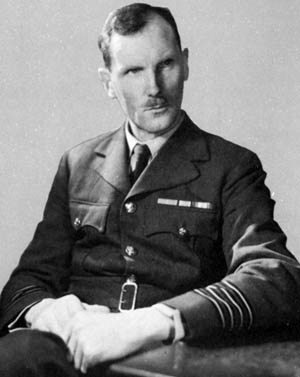
According to Yates, General Henry “Hap” Arnold, chief of the AAF, personally told him about the Eighth Air Force and his future assignment to USSTAF before he left Washington: “Their bombers are getting weathered out. They can’t get back in. They have lost more bombers that can’t get back in than they have lost to enemy fire. There is something wrong with the weather service over there. I told Tooey [General Spaatz] that I was going to send the best weathermen in the Air Force … I want you to organize a group of any forecasters you want … and take them over and report to Tooey Spaatz and do it in two weeks.”
Yates took two lieutenant colonels, Ben Holzman and Irving Krick, as the chief forecasters for the new central and Captain Robert Bungaard as the chief upper air analyst. Both Holzman and Krick were experienced in peacetime and wartime weather services and were among the foremost practioners of long-range weather forecasting in the United States before the war. Bungaard had been schooled in the relatively new techniques of upper air analysis and prediction, which were key to extended-range forecasts. Colonel Yates himself had previously served in weather posts in headquarters AAF and had won the Distinguished Service Medal for leading the U.S. meteorological mission to Moscow during 1942.
The primary task of the USSTAF weather central was to furnish weather services in support of Eighth Air Force strategic bombing missions, Ninth Air Force tactical operations, SHAEF invasion preparations, and the headquarters, USSTAF decision makers. Its activities were concerned with tactical and strategic targeting, takeoff and recovery weather, reconnaissance coverage, winds aloft, and the myriad other weather interests of a fighting air force. The central was also involved with trafficability estimates for Army vehicles, smoke screen effectiveness studies, and similar issues.
On the British side, the BMO was at this time a department of the Air Ministry. It controlled weather services to both the British Army and the RAF and was closely linked with the latter. In contrast to U.S. practice, the British meteorologists were civilians who were temporarily commissioned when they served overseas with the military forces. The British central at Dunstable was represented in the Overlord period by C.K.M. Douglas and Sverre Petterssen. Douglas had served extensively in World War I as a pilot and weather observer. As a professional meteorologist since the Great War, he had become an expert in weather over England and northern France. Petterssen had been a weather expert in Norway before taking a university teaching position in the United States. He had a deservedly high reputation as a leading theoretical meteorologist.
According to Stagg, the forecasters at the Admiralty center normally accepted the weather forecasts from the BMO center at Dunstable. Throughout the course of the Overlord operation they did not contribute substantially to the development of the overall forecasts other than by interpreting the weather patterns in terms of sea state and swell for naval operations.
Merging Climatology with Meteorology</h3
One of the most valuable contributions meteorology can make toward long-term planning for a large-scale operation is the use of climatology to bound the problem, that is, the likely range of expected weather conditions for the time and place of the operation. When Stagg arrived at COSSAC in November 1943, he found that a large amount of climatic data had been acquired and summarized for the coast of France and the Channel. But most of the data had been derived from different historical periods and had been analyzed using different procedures—some of questionable validity. Moreover, each planning group had imposed its own operational limits on the conditions essential for its specific part of the operation.
The not surprising result was that many different conclusions were being drawn about the best place and time for the invasion. Stagg’s first important task, therefore, was to establish in concert with the planners a more precise list of acceptable weather conditions for the invasion so that both the climatological and operational weather analysis would be responsive to the needs of the supreme commander. Stagg used this list to refine the climatic assessment needed by the SHAEF staff for planning and later used these criteria to shape his weather forecast presentations to Eisenhower and the staff.
The Weather Conferences
The specific approach for the operational D-Day forecast itself (as opposed to the long-range climatic expectations) was established by Bedell Smith. He asked Stagg and Yates to prepare five-day forecasts for southern England and the French coast and to present them to Eisenhower each Monday morning. Eisenhower needed to know four days before the D-Day target date if weather would preclude an invasion attempt. Good conditions on D-Day itself would be of little use if poor weather during the three or four preceding days precluded essential air and naval preparations. The same could be said for the period following the landings. It would be of little value to successfully forge a beachhead on Fortress Europe on D-Day if unfavorable weather prevented the necessary buildup and resupply of forces.
At a meeting with his senior staff and the two SHAEF weather officers, Eisenhower personally reinforced the point: “When the time comes to start Overlord we are going to have to rely very much on the weather forecast, so I want to hear what our weather experts can do. Each Monday until then Group Captain Stagg will tell us what he thinks the weather will be for the rest of the week, and on each following Monday he will tell us how his forecast has worked out. We’ll have a check on that part from our own experience. For these weekly exercises D-Day will be Thursday. Now Stagg, go ahead.”
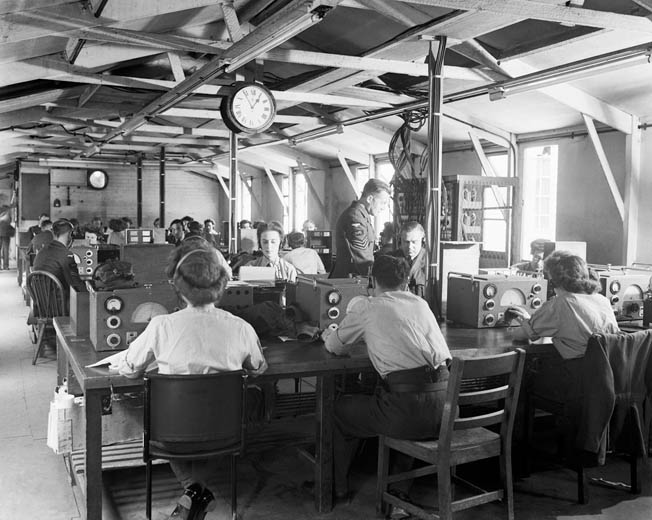
In addition to the D-Day forecast itself, the services of Yates and Stagg were required in support of various operations preliminary to the invasion, which were continuously under way during May and June 1944. For example, the Allied Air Forces engaged in an extensive campaign against the rail and bridge transportation systems in France to hinder the deployment of German reserves against the invasion, and naval and ground forces conducted many large-scale amphibious exercises along Britain’s southern coast. Weather support for these operations was provided by the various component centers, and each day’s weather forecasts had to be coordinated among the staff weather officers to ensure compatibility of operational decisions. Stagg and Yates became involved in these activities when there was direct interest among the SHAEF staff.
The weather conferences among the centrals started in February 1944, at first on a schedule of two to three times per week. From April onward the conferences were held each day. For the larger exercises and operations, and as D-Day itself approached, the number of conferences was increased to three a day, including a preliminary conference in the late afternoon to coalesce initial thinking among the centers on the next five days, the main conference in the late evening to agree on the main features for the five-day outlook, and an early morning conference to modify as necessary based on the latest data. On the days immediately preceding D-Day, a further conference was held at 3 am to prepare for the Supreme Commander’s meeting at 4:30. Each of the conferences lasted about an hour although some exceeded two hours.
The official SHAEF post-Overlord report of weather operations describes the procedures used to develop the forecasts and advice for the Supreme Commander as follows: “The chair was taken by the Meteorological Officer on the Staff of the Supreme Allied Commander and the discussions were opened either by the Air Ministry, U.S. (AAF) Weather Service, or by the Admiralty in rotation. When these three ‘centrals’ had expressed their views, the conference was more or less thrown open to general discussion, in which all points of difference were fully examined, and if possible eliminated, and in which the Staff Meteorological Officers had the opportunity to raise any points which might have been overlooked and to elucidate information of particular importance to the Naval, Army, and Air Staffs. Finally the forecast was drawn up by the chairman and submitted at the conference to all concerned, for their approval or otherwise.”
Using the History of Weather
By the standard of the times the weather database available to the Overlord meteorologists was extensive. There was a relatively large network of surface weather-observing stations throughout North America, across Greenland, and into the British Isles. In Britain, upper-air observations were made at several locations four times per day. In North America, they were available twice daily. There was extensive RAF weather reconnaissance over the ocean. West of the British Isles there were two Allied weather ships that made upper air balloon soundings. There were also delayed weather observations from ferry flights across the North Atlantic. The Army Air Force Directorate of Weather at the Pentagon provided coded upper air analyses of North America and the North Atlantic to the USSTAF central twice daily. The British central at Dunstable completed its own, more limited upper air analysis.
From these sources, the USSTAF central developed its forecasts. Every six hours weather officers analyzed storm and pressure patterns for the surface and three upper air levels. Once the analyses were complete, several methods were used to develop the forecast. Altogether there were four main techniques for making long-range forecasts out to five days. These included an analogue technique, developed by J.J. George while working for Eastern Airlines, predicting aviation weather; an analogue technique developed by Krick, a complex technique based on repeating periods of weather and analogues; and a statistical method that extrapolated the previous movement of weather features five days ahead.
The most widely used technique at the USSTAF center was the analogue method of Krick. This approach attempted to find a weather situation in the past that was similar to the present day’s weather patterns and use it to make a forecast, assuming that the weather that followed the previous situation would repeat itself in the new situation. This technique was based on a file of 40 years of past weather charts. The file consisted of a compiled index catalog of all weather patterns that covered the Northern Hemisphere each day for as many years as possible. These patterns were then cataloged according to the weather type dominant in each area.
The actual process of forecasting depended on being able to select quickly from the catalog the particular pattern from history that most closely resembled the current one and assuming the pattern that had followed it would repeat itself. Much of this work was originally done by Krick and his associates at Caltech and used early IBM machines for sorting punch-card data. For his part, Stagg believed that the USSTAF placed reliance on the other techniques only to the extent that they supported Krick’s analogue procedure. The USSTAF team, influenced by Krick, believed that long-range forecasts could be routinely produced.
The British Short-Term Approach
At the Dunstable central, things were different. The British did not believe that the U.S. forecasts for Britain were accurate beyond one or two days. The BMO forecasters had no objective techniques for longer range forecasts. The British forecasters did not believe that such long-range forecasts were reliable. They depended on relatively short range extrapolations of current weather conditions because their experience had shown them the volatility of weather conditions in the British Isles. Thus, the British forecasters at Dunstable were averse to looking beyond a few days in their forecasts. They were using the new upper air analysis techniques to produce a relatively short extension to the normal 24-36 hour forecast by extrapolating surface weather features ahead using the upper air steering winds.
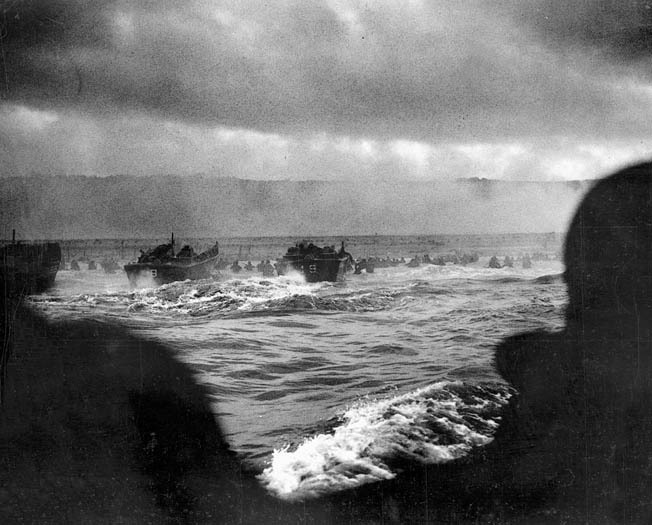
Stagg was particularly wary of the analogue techniques used by the USSTAF since, in his mind, no two weather situations were ever exactly alike. He felt that his own verification studies showed the extended-period forecasts beyond the first few days to be wrong as often as they were right. Stagg did realize, however, that he must provide some outlook for the supreme commander. This dichotomy was a source of friction throughout the period preceding the operation. The U.S. forecasters were willing to make an estimate of the longer range picture while the British were reluctant to do so.
Weather Counterintelligence
The security of weather information was one of the most difficult problems for Allied weather services after the outbreak of the war. This was especially true for the European Theater because weather generally moves from west to east. Weather data from North America and the Atlantic were important to both sides. But the Allied centers in England had a distinct advantage over the Germans in weather forecasting because the Allies controlled the Atlantic approaches. From the defensive point of view, it was necessary to deny the Germans knowledge of weather in Britain as it would help their bombing of Allied bases. For offensive operations it was important that the Germans knew as little as possible about future weather over the Continent so that they could not forecast where Allied bombers would strike or draw accurate conclusions as to favorable invasion weather. Thus, all Allied weather data were enciphered prior to transmission to prevent interception.
The protection of weather data was not without its drawbacks. The problems associated with enciphering and deciphering weather messages manually were a large factor in delaying receipt of most weather data to the forecaster. In addition, encoding errors frequently led to erroneous data being used in the analysis and forecast. These factors inevitably affected the precision of operational forecasts because forecast skill decreases significantly with the “age” and inaccuracy of weather data.
The breaking of German codes also provided additional weather data and weather-related information valuable to the Allied cause. Ultra was the highly classified program to unscramble high-level German encryption techniques. Ultra would help in the eventual destruction of the German weather intelligence-gathering system. Decrypted weather reports gave away the positions of German weather stations on Greenland and weather picket U-boats patrolling the Atlantic, which were then systematically captured or destroyed by the Allies. In spite of the Allied activities to limit German access to weather data, there was some toleration when it served Allied interests. Almost daily Luftwaffe weather reconnaissance flights out of Brest in France and RAF Lancasters flying from St. Mawgen, Cornwall, would meet over the water, saluting each other with wing dips. Because both sides’ weather reconnaissance flights were equally vulnerable, neither side took action against the other.
Communicating the Weather
To operate effectively, weather centrals must have rapid, reliable communications. Weather data are perishable. The older the data, the less useful they are for forecasting purposes. Data from North America, Greenland, Iceland, U.S. ship reports from the Atlantic, pilot reports, and certain other data flowed by radio to a BMO facility at Prestwick, Scotland. They were then relayed to the BMO central at Dunstable and the USSTAF central at Widewing. Irish data, routine weather reconnaissance, and British ship reports went directly to the Dunstable central and Widewing. Data from the Soviet Union and the Mediterranean went to the USSTAF central and were relayed to Dunstable. Landline teletype was the primary communications medium within the United Kingdom itself. Weather communications during the pre-invasion period were generally reliable and effective. Receipt of Soviet weather data was inadequate during the entire period. There was a long delay in getting reports to the U.K., and the data did not include upper air observations.
An Unfavorable Outlook in June
As Neptune approached, the process for arriving at the important D-Day forecast was difficult and filled with tension. D-Day was initially set for Monday, June 5, 1944. This was the earliest possible date for the invasion. Postponement might be permitted from day to day because of adverse weather until the 8th. After this date, any postponement would last for at least two weeks until the next period of favorable tides and moonlight.
The weather situation as presented to the supreme commander and his commanders in chief for air, ground, and naval forces on June 1-2 was characterized as complex and changeable. Unsettled, winterlike conditions were going to make the “go” decision difficult. There was little hope for an ideal day. Great differences in outlook among the forecast centrals during the rapidly developing weather situation did not build confidence in Stagg and Yates that their advice would be of great value, but these differences were not raised to Eisenhower.
The USSTAF central, represented by Krick and Holzman, was generally optimistic. They believed that the strong high-pressure system then in place over much of the region would keep the Atlantic storms north of the area of operations. The British central, represented by Douglas and Petterssen, was pessimistic, believing that the high-pressure system would break down, allowing the storms to move through the Channel. Stagg, favoring the British view, briefed Eisenhower on Friday, June 2, that conditions did not look favorable for an assault on June 5, but that the situation was not at all clear. Eisenhower decided that even with a slim chance for favorable conditions on the 5th that he would start the bombardment fleet toward the French coast since it could be recalled if conditions deteriorated. These ships required considerable time to get into position.
On Saturday, June 3, the outlook was definitely unfavorable. On Saturday evening, Stagg briefed that a cold front and low pressure system would move into the area, increasing winds to above the 18-knot maximum on Sunday. There was little chance that cloud conditions would permit air operations on the morning of June 5. Based on this outlook, Eisenhower postponed the operation until Tuesday, June 6, or Thursday, June 8. If it could not go then, he would postpone it for 10 or 12 days.
“It’s 50-50”
During Sunday, June 4, the weather situation in the Atlantic began to clarify. The “Azores high” that had been protecting the British Isles was breaking down. Significant periods of unacceptable weather could be expected in the Channel throughout the week. If the invasion were to be launched at all, it would have to be done under the less than ideal conditions that would occur between the weather fronts that would transit the Channel. On Sunday evening, Stagg advised Eisenhower that a break in the weather would occur on Tuesday, June 6. Winds would be 12 knots or less on the beaches, and cloud conditions would permit airborne and bomber operations. Eisenhower, with the concurrence of his staff, decided to proceed. At a final conference at 4 am on Monday, June 5, they confirmed their decision.
Yates characterized those last hectic hours before the final decision this way: “By that time we had moved down to Portsmouth so that we were operating in Eisenhower’s (forward area) tent camp in Portsmouth. We were either on the telephone in conference, or we were in conference with Eisenhower and his commanders because they were running us. We would come on in, make another presentation; they would weigh it, and they would question it, and then they would weigh it. They would look at the weather, raining like hell …The morale was low. It was a disagreeable situation. We came up to the final meeting. It either had to be scrubbed, or it had to go. It was touch and go. It was clear that there was going to be time in between two fronts. It was also clear that it wasn’t going to be an absolutely clear night for bombing, and it was going to be kind of rough in the Channel….
“They asked for figures, ‘Well, what’s the chance of bombing visually?’ I said it’s 50-50. I can’t give you any more than that. You probably will get half of your bombers to see the targets. The other half will have to bomb by radar. ‘The paratroopers?’ You will probably have half of them on your target and half of them scattered. ‘How about the sea?’ [I said] it’s over your limits. Eisenhower turned to Ramsay (Admiral Sir Bertram Ramsay, commander in chief naval forces) and said, ‘Is that going to bother you?’ He said, ‘Hell, no. I will get them on the shore.’ He turned to Monty and said, ‘It’s going to make a lot of people seasick going over on that rough stuff. [Montgomery said], ‘They are not going to be seasick. They are so drugged that they won’t know which end is up. Don’t worry about it. As far as I am concerned, the men can operate when they get ashore…’ Then Spaatz and Tedder discussed the visual bombing versus the radar bombing. So Eisenhower said, ‘I say we go. Any comments?’ There wasn’t a comment around the table. So they went.”
The actual weather on June 5-6 was much as forecast by Stagg and company. On the 5th, a storm moved through the Channel, bringing unacceptable weather and high winds that would have been catastrophic to any landing attempt. On June 6, the weather was acceptable. No major difficulties were encountered by the naval forces except for problems with some landing craft and amphibious tanks, primarily in the more exposed American sector. Airborne and glider troops went in as scheduled although many were scattered far from their planned drop zones. Fighters and medium bombers operated successfully from about 4,000 feet. The heavy bombers had to bomb on instruments.
Challenges and Obstacles
When reviewing weather support to the Overlord operation, one is struck by the enormity and difficulty of the task facing Stagg, Yates, and their cast of supporters as well as the magnificent job they did under trying circumstances. Yet, beyond the drama of the events themselves, as with all military history, there were problems that had to be overcome.
The most glaring problem concerned the organizational arrangements and command structure for weather support at SHAEF. There were major inherent defects in these arrangements that, at a minimum, unnecessarily complicated support and could have detracted from the operation under different circumstances. First, the necessity for consensus forecasts among the primary centrals severely complicated the forecast problem. So long as accurate weather forecasting involves some degree of subjective analysis and interpretation, conferences among centrals using different technique and procedures could not easily yield agreement during complex weather situations.
One way to overcome these difficulties would have been to establish a combined tactical weather central responsible for the major forecast decisions for large operations. Such a combined tactical central would have been subordinate to the staff weather officer at the highest level of command directly involved (SHAEF) and would have included the best and most experienced forecasters of the various national weather organizations concerned. Yates generally shared this view. He said, “… I would never attempt to do a forecast that way again in my life. Pull the talent together,” he advised, “and put them in a room and have them come out with a forecast, not three forecasts. That was a tough, tough period, but it worked, and we got away with it.”
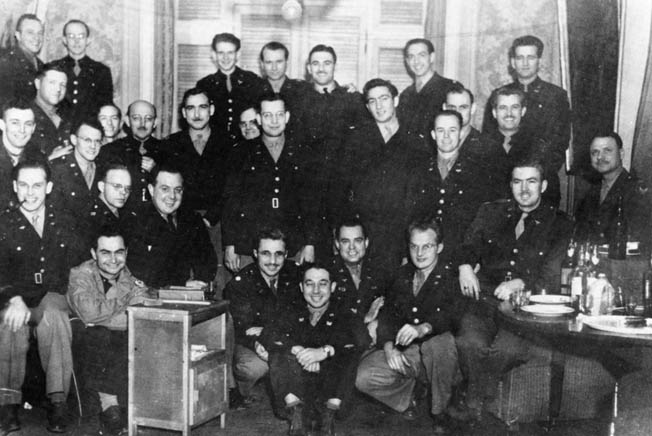
Another major difficulty that surfaced during the Overlord period was the tendency for decision makers to press forecasters to the limits of the science. Although the supreme commander had a definite need for a long-term forecast, there was insufficient capability to meet this need. Stagg’s verification studies of the five-day forecasts used in the April and May run-up trials showed that even in abnormally stable weather the operational value of the forecasts fell off quickly after the second or third day. When the weather situation was complex, forecasts were useful for about one day at a time. To Stagg’s great credit, he resisted the natural tendency to go too far out on a limb, even for good and valid requirements, when the state of the science would not permit it. At one point during the process, Eisenhower pressed Stagg hard for a long-term outlook. Stagg was reported to have responded: “If I answer that, Sir, I would be guessing, not behaving as your meteorological advisor.”
There was also the problem of the timing of weather support for the large and complex set of Overlord operations. The weather section at SHAEF was set up a considerable time after the initial plans for Overlord had been made. To a large degree, fundamental decisions regarding times, locations, tactics, weapons, or force structure had already been determined even though weather conditions had not been fully considered.
“Thank the Gods of War We Went When We Did!”
In spite of all the difficulties, Overlord succeeded in no small part because of the weather support the SHAEF commanders received. Under trying conditions the largest air-sea invasion in history was successfully launched in a short, relatively calm interlude of a generally adverse weather pattern. An intercepted Ultra message in the last hours before the invasion was the Luftwaffe’s nightly weather outlook. The German meteorologists predicted that disturbed conditions would persist in the English Channel throughout the current phase of the moon and tides. They had not detected the brief interval of improved weather that Stagg’s consortium had predicted, which allowed the invasion to go forward. It is a tribute to Stagg, Yates, and the men and women who supported them.
On June 19, the next possible invasion date after June 6, a severe bout of weather ripped the Normandy beaches, destroyed one of the artificial harbors the Allies had built, and brought resupply to a standstill. Eisenhower wrote a note to Stagg saying, “I thank the gods of war we went when we did!”
Historian and author Anthony Cave Brown said, “Of all natural factors, of all the schemes of men, that would unfold to influence the success of the invasion, Allied knowledge and German ignorance of weather conditions on D-Day would prove to be the most important.”
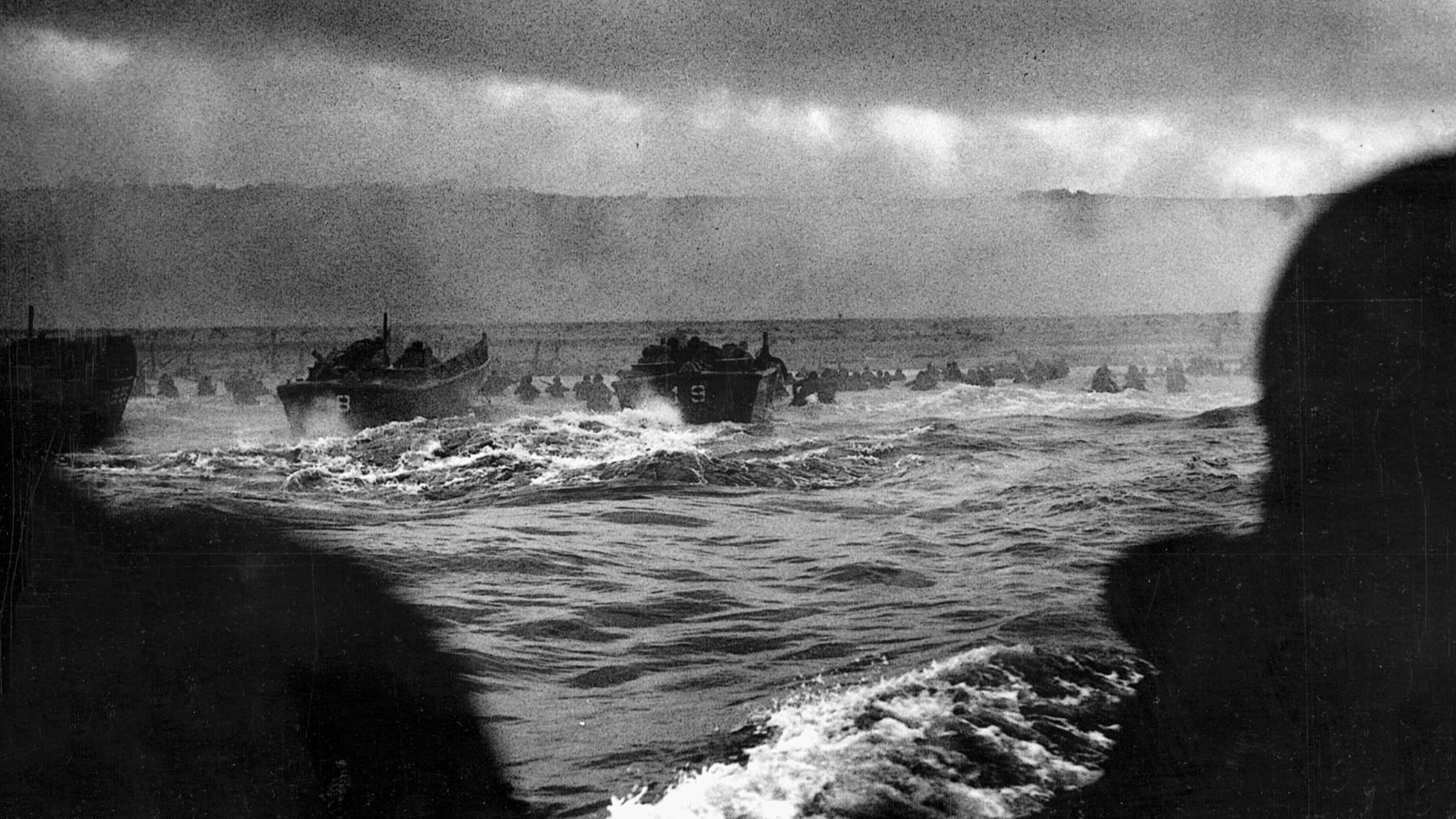
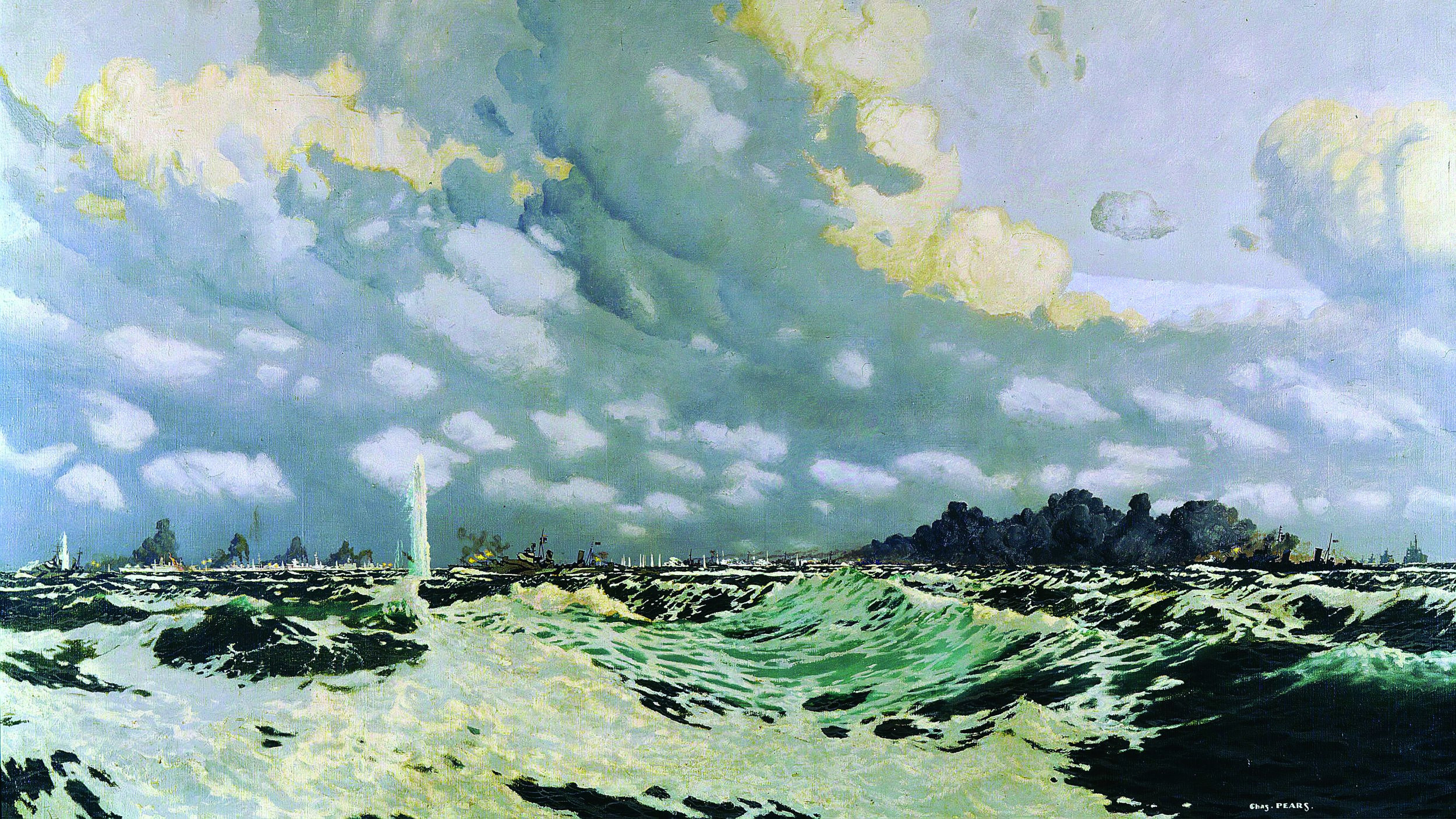
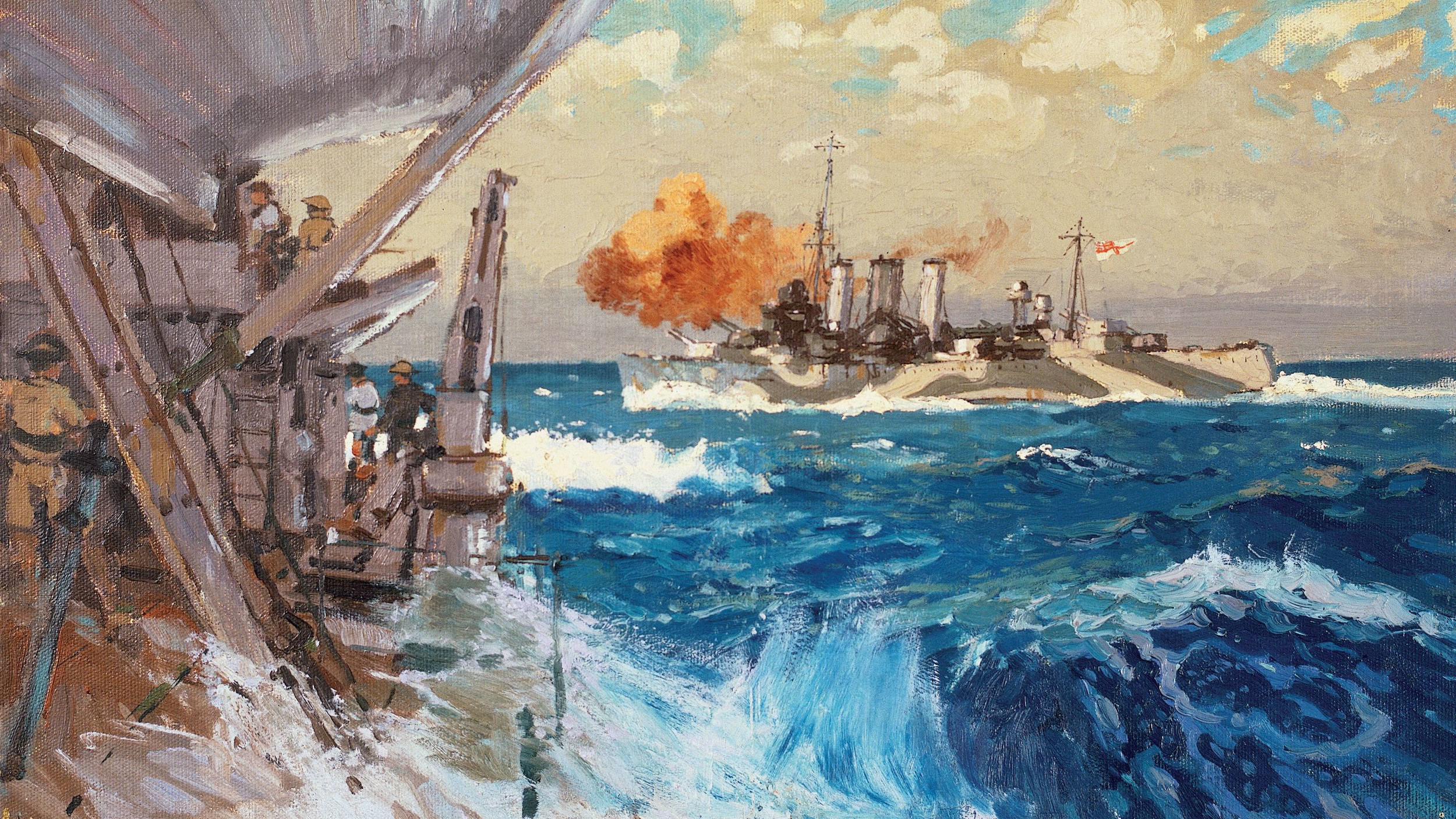
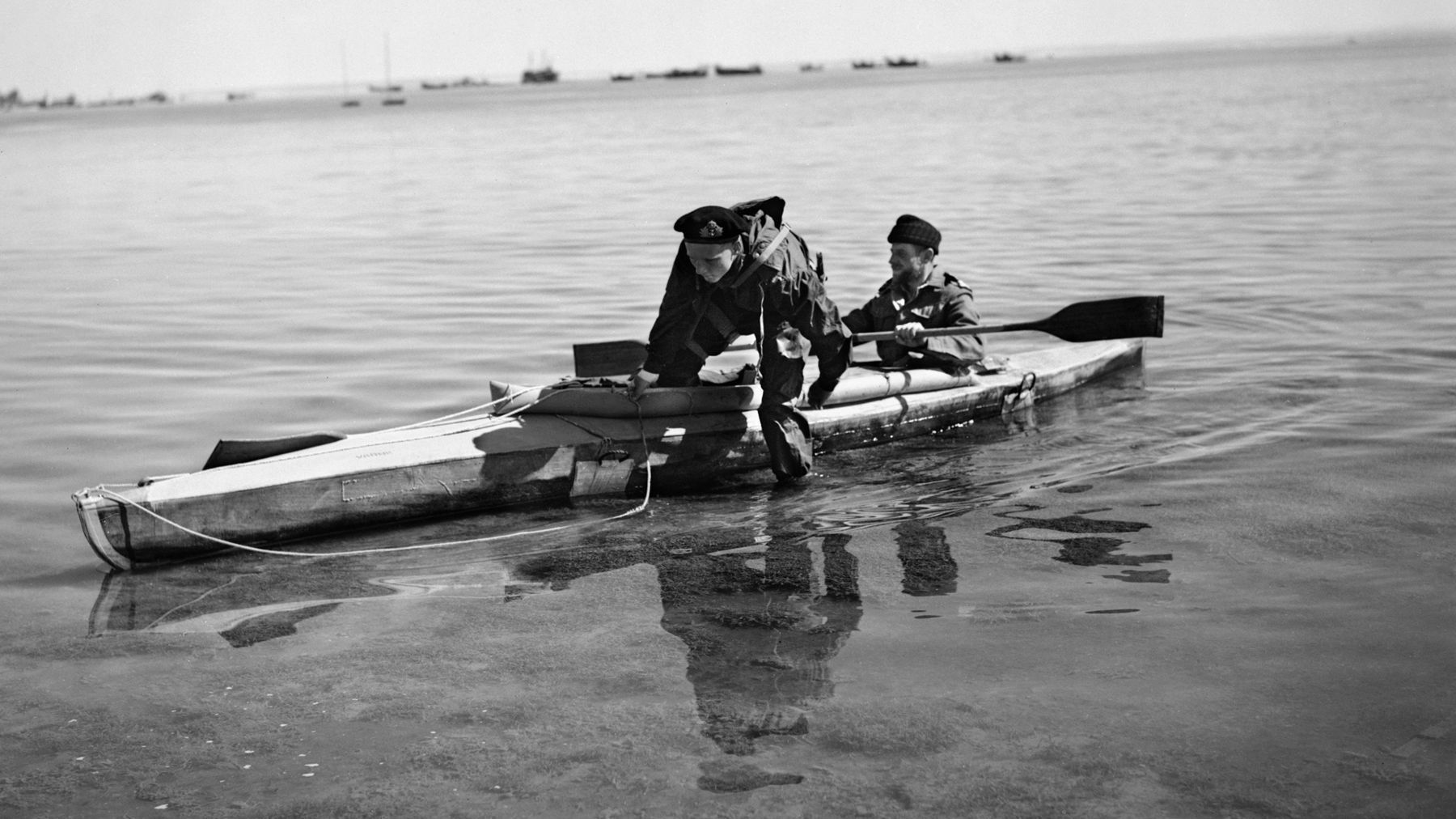
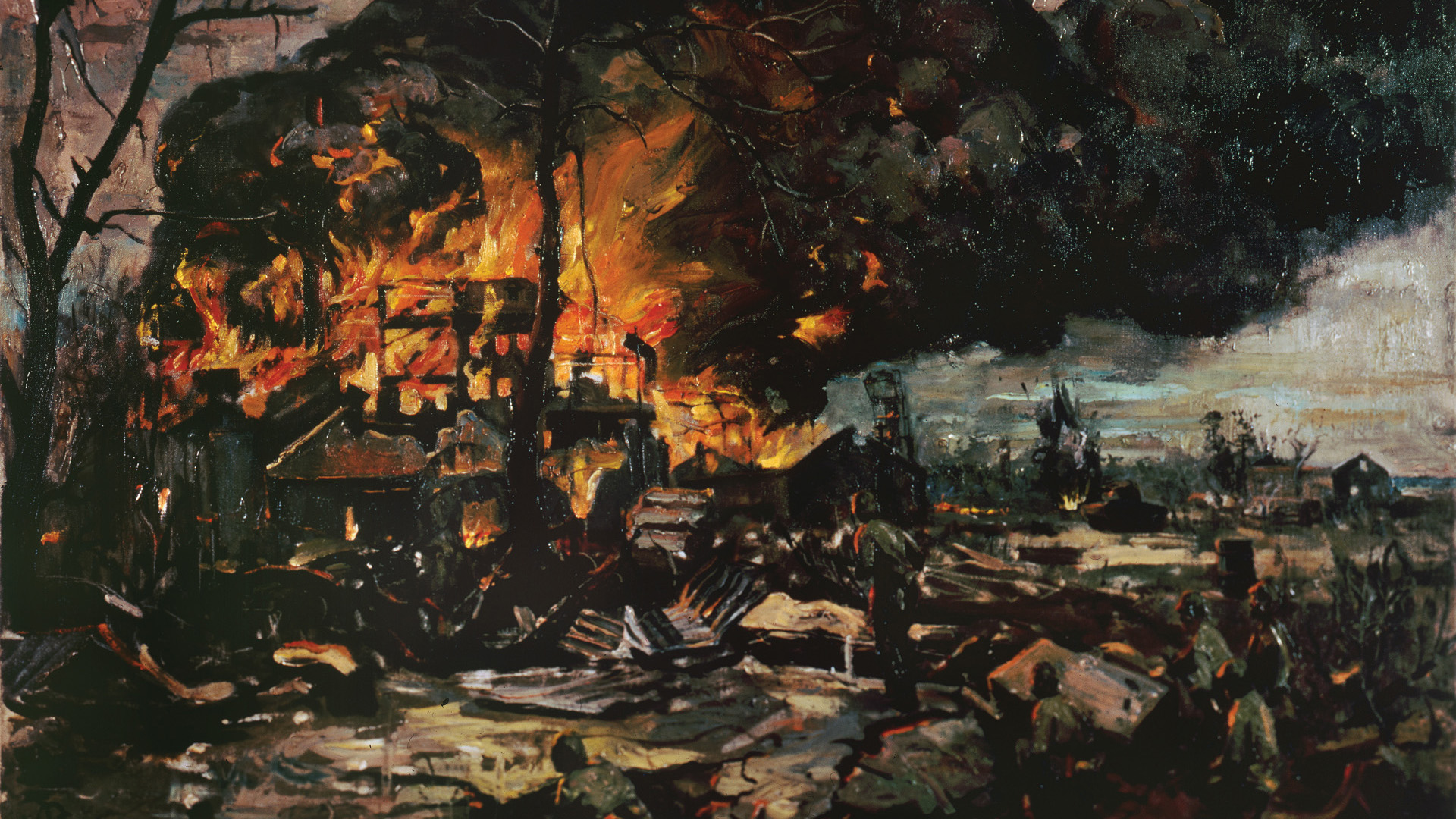
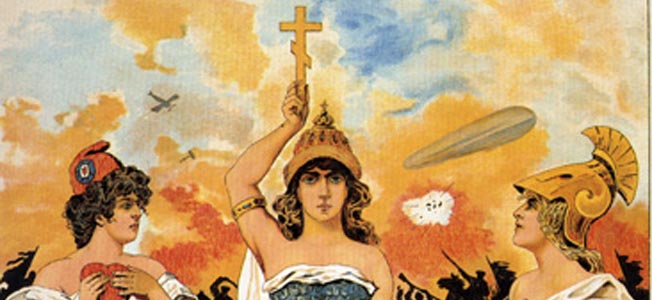
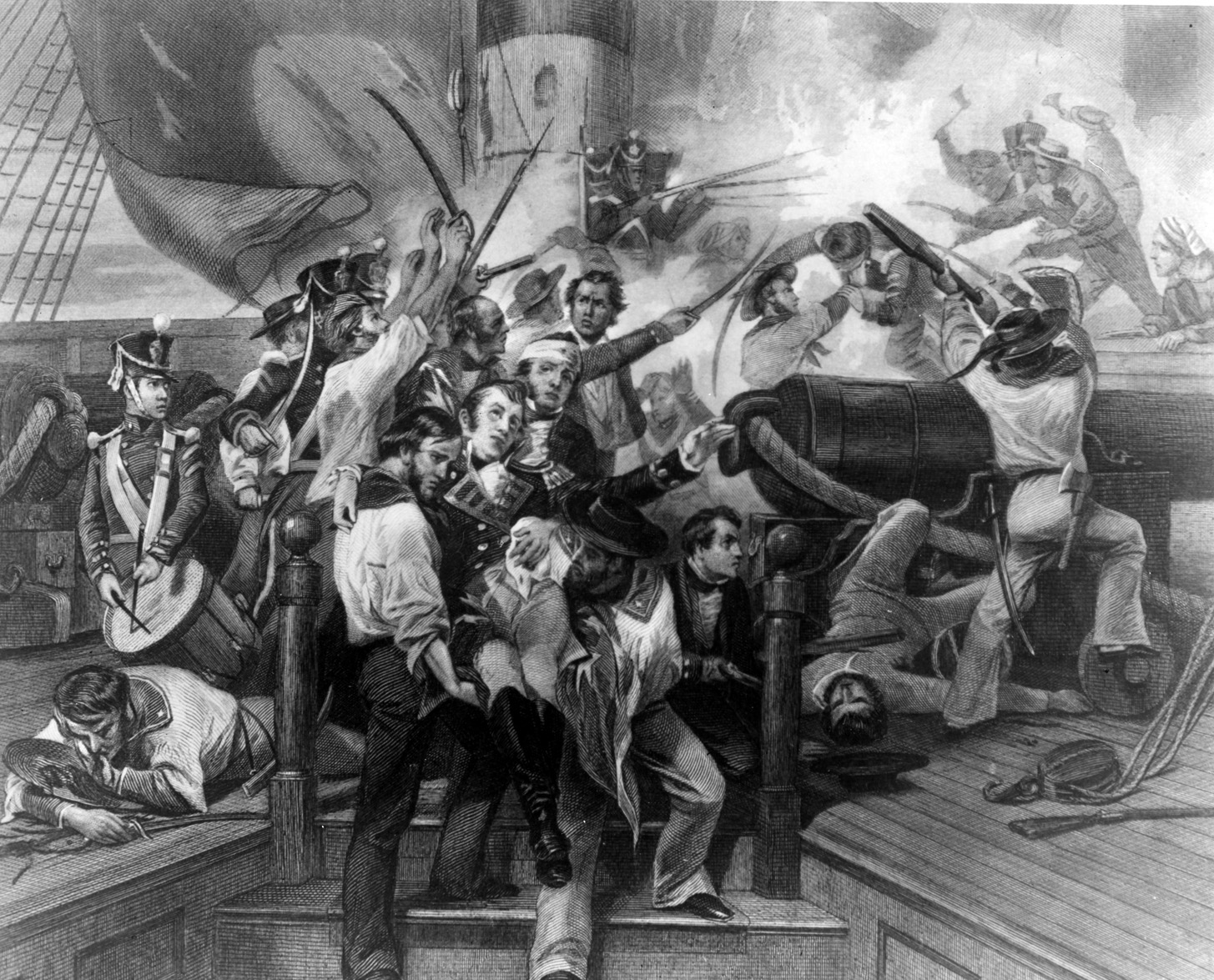
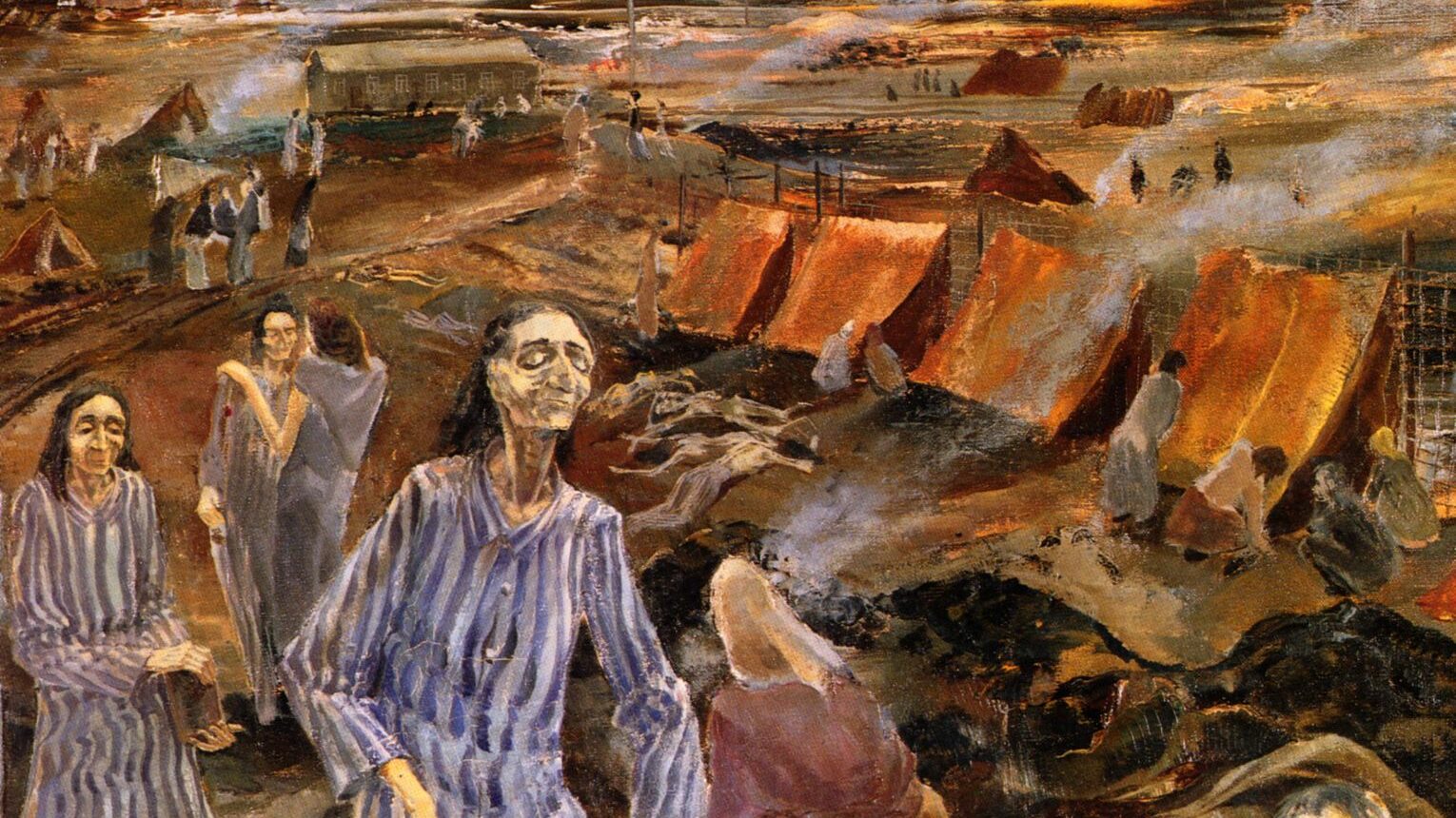
Join The Conversation
Comments
View All Comments